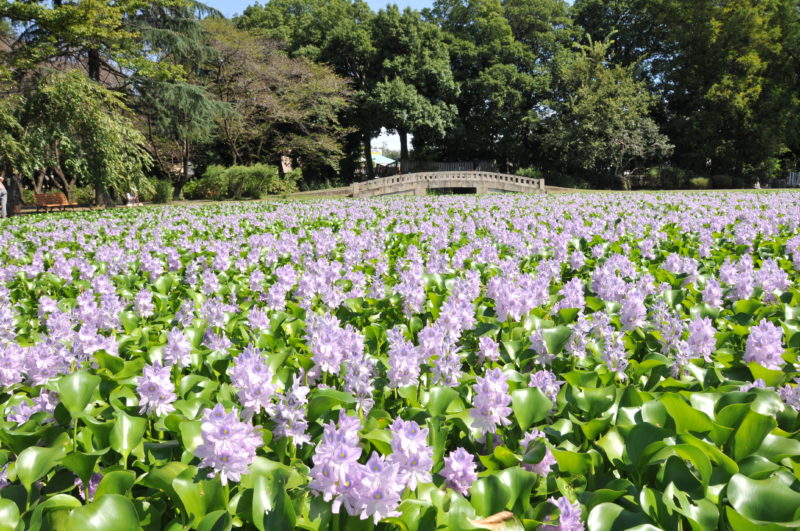Sakitama Kofun Park
sightseeing
Sakitama Kofun Park is home to nine large megalithic tombs (kofun), such as the "Inariyama Kofun," where the national treasure the "Iron Sword with Golden Illusions" was excavated, and the largest kofun in Japan, "Maruhakayama Kofun," a popular cherry blossom spot. Gyoda City Sakitama, where the park is located, is also known as the origin of Saitama Prefecture's name (the characters for "Sakitama" are also read as "Saitama"), and you can see the stone monument commemorating this in the park.
Basic Information
Location
4834 Sakitama, Gyoda City, Saitama Prefecture
TEL
048-559-1111(Museum of Sakitama Historical Site)
FAX
048-559-1112(Museum of Sakitama Historical Site)
Home page
Event Information
Sakura from late March to early April
How to get there
Public transport
・Transfer to the City Loop Bus from JR Takasaki Line, Gyoda station (east exit). Get off after 15 min at the bus stop Saitama Kofun Koen-mae. 2 min walk from the bus stop.
・Get off at JR Takasaki Fukiage stn and transfer to the Asahi Bus. Go via Sama bound for Gyoda Orikaeshi-ba/Sougo Kyoiku Center Kogyo Danchi. Get off the bus at "Sangyo Doro" and walk for 15 minutes.
・Get off at JR Takasaki Fukiage stn and transfer to the Asahi Bus. Go via Sama bound for Gyoda Orikaeshi-ba/Sougo Kyoiku Center Kogyo Danchi. Get off the bus at "Sangyo Doro" and walk for 15 minutes.
Car
Tohoku Expressway Hanyu IC about 15km, Tohoku Expressway Kazo IC about 17km, Kanetsu Expressway Higashimatsuyama IC about 18km
Parking
33 large cars, 295 ordinary cars, free of charge













